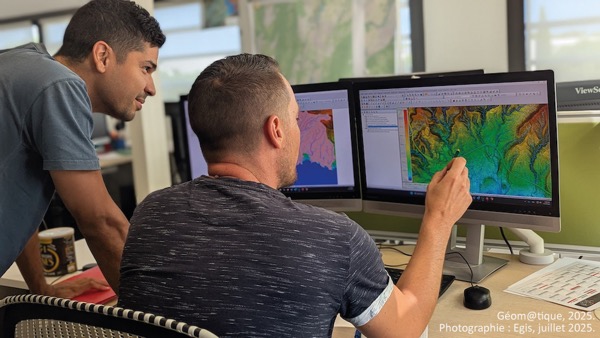
Discover World-Leading Technologies for Ocean Science
Discover cutting-edge solutions from leading global suppliers
The GSAB2, an evolution of the Grimaldi Satellite Berthing (GSAB) project, has begun.
GSAB aimed to develop and validate what is reportedly the first assisted guidance system with satellite technology for docking maneuvers of large PCTC (Pure Car & Truck Carrier) vessels. It was assigned to the Grimaldi Group by the European Space Agency (ESA) within its Navigation Innovation and Support Program (NAVISP) in 2022.
After the success of GSAB, the new project will verify the suitability of the designed system to achieve the Autonomy Level 2 as defined by Lloyd’s Register: this condition is met when all actions at ship level are taken by a human operator on board the vessel, but decision support tools can present options or otherwise influence the actions chosen.
In addition, GSAB2 will study the prerequisites for reaching the Autonomy Level 3, where decisions and actions at ship level are performed autonomously with human supervision.
The Grimaldi Group company Grimaldi Deep Sea S.p.A. will coordinate an international team with Kongsberg, a leading technology corporation based in Norway which specializes in the design of processing and signal reception technology, and RINA Services, the RINA Group company in charge of testing, inspection, classification and certification activities, that will make its expertise available to the project together with RINA Germany.
The Grimaldi Group will also collaborate with Italy’s Radiolabs Consortium, which will take care of the design, execution and validation of the system in real-world operating conditions.
GSAB2 will adopt the latest innovations on satellite-based multi-sensor technologies, studied and developed as part of GSAB, and will contribute to improve the efficiency of maneuvers in port while further increasing their safety while reducing CO2 emissions, in line with the Grimaldi Group’s strategy towards a greener and safer maritime transport.
Additionally, GSAB2 will develop advanced algorithms based on Artificial Intelligence as well as an interface for the functions of the Ship Automation system.
Based on the excellent results from GSAB, Grimaldi Deep Sea S.p.A. intends to develop and test an advisory system to achieve safe and efficient berthing operations of large vessels, mainly focussing on the following features:
- Vessel positioning navigation and timing for autonomous sailing and operation
- Berth planning for maneuvering and sailing into and out of ports
- Advisory system for optimal sailing in confined port areas
- Situational Awareness System
- User interaction
The GSAB2 team will study the prerequisites for reaching the Autonomy Level 3 by establishing an exhaustive set of requirements and verification criteria.
This phase will involve a joint HAZID (Hazard Identification) study of an autonomous berthing operation, the development of Key Enabling Technologies, the analysis and definition of the user interaction philosophy and visualization, the identification of prerequisites for equipment and of requirements for interfaces for an autonomous control system.

















